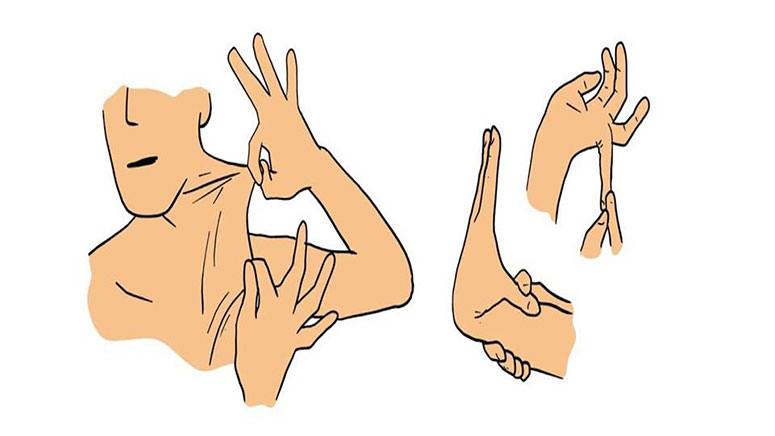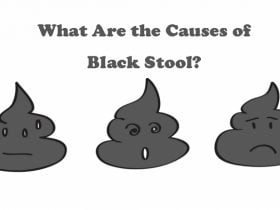Ehlers-Danlos syndrome (EDS) describes a group of inherited conditions that cause collagen to function abnormally. They tend to affect the connective tissues that support the joint, skin, bones, blood vessels, and organs.
People that have EDS may experience increased joint mobility and have stretchy, fragile skin that’s likely to break. Each case of EDS is different, and there is no one particular cure for the condition.
Types of EDS

There are 14 mm3 types of EDS, all of which produce different symptoms and health consequences.
For example, dermatosparaxis EDS produces more skin-centric symptoms, whereas vascular EDS affects the cardiovascular system.
The 13 types of EDS are:
- Classic
- Classic-like
- hypermobile
- cardiac-valvular
- vascular
- dermatosparaxis
- arthrochalasia
- brittle cornea
- kyphoscoliotic
- spondylodysplastic
- musculocontractural
- myopathic
- periodontal
The most common types of EDS are classic and hypermobile EDS.













